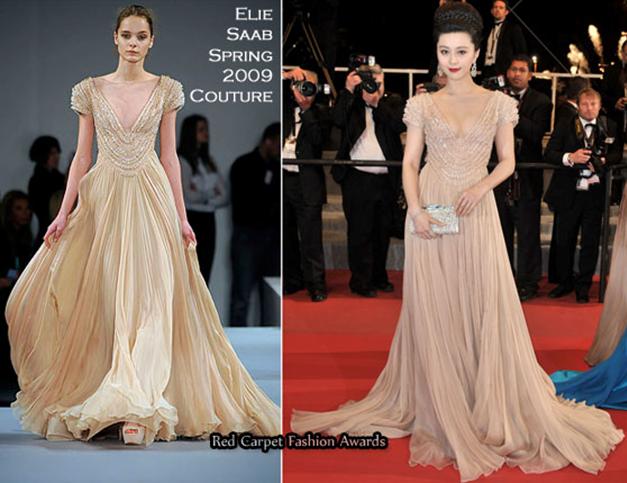
August 21, 2013, by Tony Hong
Beauty
By Alexandra Loewen,
Studying History at the University of Birmingham UK.
Where I am from we have an expression that says, “imitation is the highest form of flattery”. It’s a saying that my mom would tell me when my siblings were copying me to be annoying or when my friends bought the same clothes as me. As a Canadian traveling in China, I didn’t expect familiarity and was surprised when I encountered many Western food and fashion franchises. The more time I spent off campus in the evenings and on class trips, the more I observed that female beauty ideals in China are not too different from the West. I noticed that some of the advertising used both male and female Caucasian models, and this piqued my curiosity.
I decided to do some further reading on the topic and came across a study conducted by Meng Zhang entitled, “A Chinese beauty story: how college women in China negotiate beauty, body image, and mass media.” She concludes that women in China tend to regard typical Caucasian features such as double eye-lids, a high bridge of the nose, big eyes, fair skin, and being tall as beautiful traits. She goes on to say that plastic surgery has become a popular course for “corrective action” in China to achieve these features. All the women interviewed in the study agreed that Fan Bingbing, a Chinese celebrity, represented the epitome of beauty. Here you can see how she has been compared to Western models.*
 But despite the admiration for these features, it is very important to realise that there are other traits that are considered beautiful in China that are not typically venerated in the West. In other words, the Western ideas of beauty are not identical. Zhang highlights the fact that through exposure to Western culture through mass media outlets, Chinese women perceive beauty in two ways. On the one hand, the sexy Western woman with big lips and breasts represents independence and openness while on the other hand, typical Chinese beauty rests on a more subtle, petite, delicate and cute characteristics. Additionally, the concept of “qizhi” is used to describe “beautiful Asian women in the media… referring to the woman’s good manners or posture, confidence, and masterfulness in carrying herself in public.”[1] There is no simple and concise translation for this idea in English, clearly indicating that it is not a major idea the way it is among Chinese women.
But despite the admiration for these features, it is very important to realise that there are other traits that are considered beautiful in China that are not typically venerated in the West. In other words, the Western ideas of beauty are not identical. Zhang highlights the fact that through exposure to Western culture through mass media outlets, Chinese women perceive beauty in two ways. On the one hand, the sexy Western woman with big lips and breasts represents independence and openness while on the other hand, typical Chinese beauty rests on a more subtle, petite, delicate and cute characteristics. Additionally, the concept of “qizhi” is used to describe “beautiful Asian women in the media… referring to the woman’s good manners or posture, confidence, and masterfulness in carrying herself in public.”[1] There is no simple and concise translation for this idea in English, clearly indicating that it is not a major idea the way it is among Chinese women.
After some research I found that skin tone is one area in which Chinese and Western beauty ideals differ. Whereas in the West it is generally considered desirable to be tanned, in China the opposite is sought after as light skin is beautiful. During my time here I’ve witnessed a number of measures that women take to avoid being darkened by the sun including umbrellas, big hats, wearing long or detachable sleeves, and even skin whitening products such as Blanc Expert, White Perfect, and Snow UV. Traditionally, light skin has been seen as a socio-economic symbol where those who were wealthy did not perform manual labour outside and therefore retained a fair complexion. Today, I think that China’s propensity towards fair skin is can be attributed to both by their cultural heritage as well as Western twenty-first century influence brought about by globalisation.
At first glance I thought that maybe beauty in China was simply a matter of imitating Western beauty, but after looking more deeply at the concept, it seems clear that beauty in China is a complex fusion of the traditional and the modern, facilitated by mass media outlets that expose women to foreign advertisements from Western beauty and fashion industries.
*all photos taken from Google Images.
No comments yet, fill out a comment to be the first

Leave a Reply